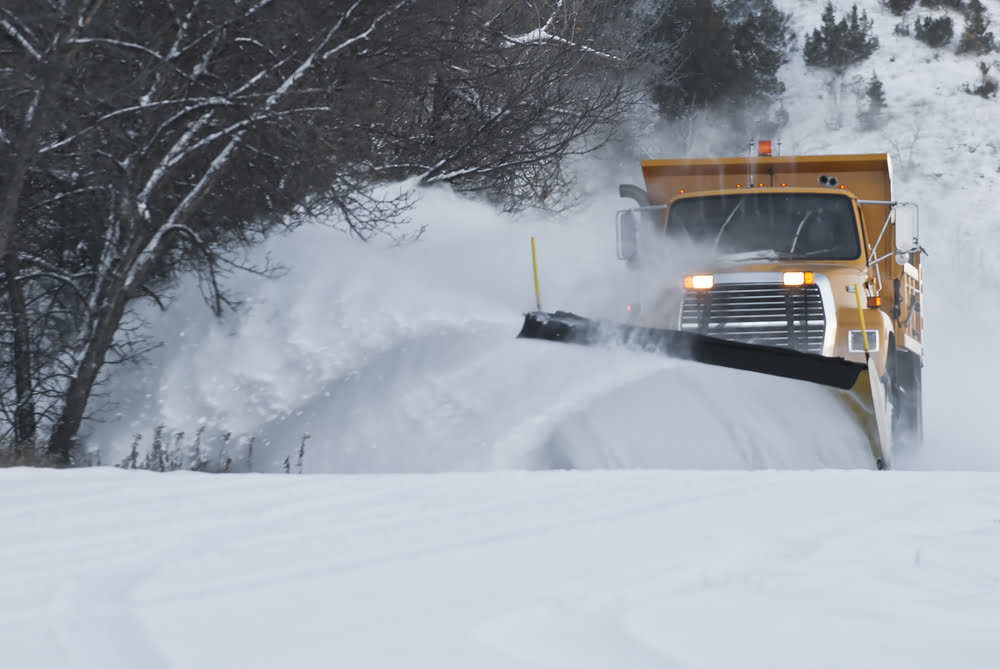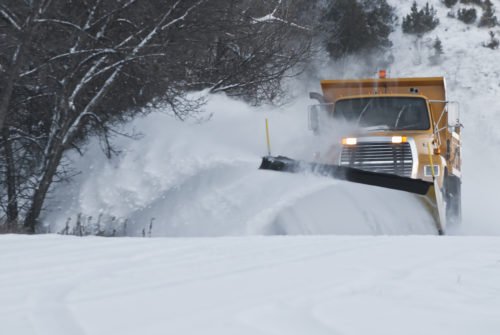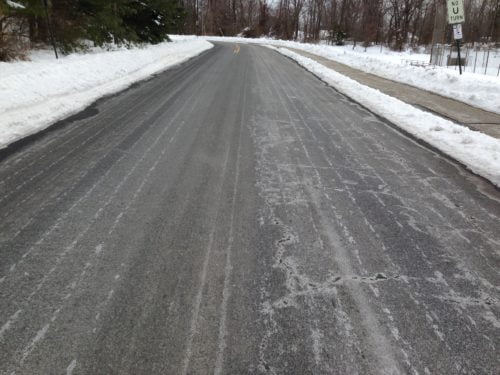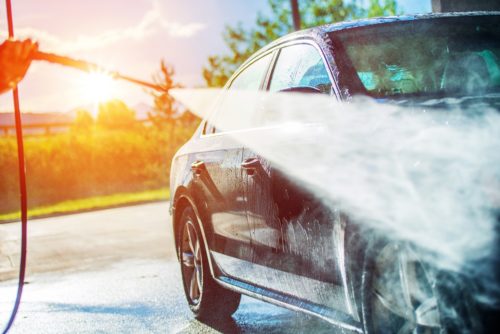Winter in Wyoming
We all know that salt is corrosive and can cause rust on metal. In Wyoming, we don’t need to worry as much about salt damage as they do in other States. States that are close to the Ocean, for example, not only have to deal with salt on the roads to melt snow, but salt from the Ocean mixed with moisture will corrode a vehicle.
A recent report from SafeWise, states that WYOMING RANKS AS THE MOST DANGEROUS STATE FOR DRIVING IN SNOW.
Considering the sheer amount of snow Wyoming gets, we can probably all agree, it’s a good idea to clear the roads.
The impact of bad winter road conditions can be horrific and terrifying at best. Aside from plowing the roads, WYDOT (Wyoming Department of Transport) also put down a salt/sand mix and other chemicals before and after snowstorms.
Which road chemicals are used in Wyoming?
We contacted WTDOT to find out a little more about the chemicals they use. Sand has no effect on melting snow or ice and is purely used as an aid to give tire traction. A salt/sand combination is used regularly. WYDOT says that each area has its own effective blend of sand and salt. More salt may be added to the sand to stop the stockpile from freezing. If the stockpile freezes it will result in large chunks of sand that cannot be used. The goal is to be able to spread the mix evenly on the highway.
- Magnesium chloride
- Salt brine
- Geo-melt
- Ice-slicer
Magnesium Chloride
Magnesium chloride is widely used, “which is a natural combination of chlorides and dirt or grit”, says WYDOT, “…mined from the ground without any modification and looks much like our normal sand/salt material, only the concentration of salt is much higher”.
Salt brine and Geo-melt
Salt brine is a 23% Sodium Chloride 77% water mix that is used on snowpack. Geo-melt is added to the salt brine to assist in lowering the melting point, which means it will melt snow and ice down to about 8-10°F (depending on air temperature and wind).
“WYDOT is starting to do more anti-icing which is to place a layer of salt brine on the pavement before the snow begins to fall. As the snow builds up during the storm the salt brine keeps the snowpack from bonding to the pavement. This helps the snow plow remove the snowpack down to bare or wet pavement”.
When are they used?
These chemicals are used in different applications depending on the conditions. WYDO says they use Sodium Chloride the most because it’s the cheapest and works down to about 5 to 10 degrees. If the weather prediction calls for colder temperatures then Magnesium Chloride is used, down to about -5 to -10 degrees. If it gets really cold then Ice Slicer is used.
All of these chemicals are salt based.
How do these chemical affect my vehicle?
Salt + Water + Metal = Rust.
Although vehicles can be galvanized or have some paint protection, salt and/or corrosive products can still penetrate (especially underneath your vehicle). This will eventually cause rust. Rust will eat away at the metal, leaving nothing. Rust is not easy to get rid of either and will spread like a disease. It may also make it maintenance more expensive and/or take longer to repair due to parts being corroded or rusted.
Tips to protect your vehicle from salt, sand and winter de-icing chemicals
- Wash your vehicle before (salt brine can be applied to roads before a storm) and as soon as you can after a storm. Make sure it gets dried or any missed salt could stay in damp areas.
- Make sure you also wash the underneath of the vehicle (some drive-thru car washes offer this).
- Clean out wheel arches with a power washer.
- There are products available on the market to remove salt from vehicles (like a shampoo that specifically targets salt).
- Wax the vehicle at least once a year.
- Have a paint protection applied and keep it topped up/waxed.
- Have an undercoat protection applied to underneath the vehicle.
- If you do find some rust on body panels, have it treated/removed asap.
- Consider a ceramic coating.
More on Winter Vehicle Care Tips
Inama, Aimee. “Media inquiries – caring for vehicles”. message to WYDOT, 2 Feb 2018. Email.
Blogteam, Allstate. “Does Living Near The Ocean Affect Your Car?” The Allstate Blog, 12 July 2017, blog.allstate.com/does-living-near-the-ocean-affect-your-car/.
WY, DOT. “ WYDOT Prepares for Winter Season.” WYDOT Prepares for Winter Season – Pinedale, Wyoming, Pinedale Online, 25 Oct. 2015
“FAQ.” Ice Slicer, IceSlicer, 2015, www.iceslicer.com/faq.
“Magnesium Chloride Is It Bad for Your Car?” NH Oil Undercoating, 23 Nov. 2015, nhoilundercoating.com/magnesium-chloride-is-it-bad-for-your-car.
Cassidy, Erin. “Rock Salt versus Salt Brines: What’s Best for Road Safety?” Local Weather from AccuWeather.com – Superior Accuracy™, Accuweather.
Salt brine photo By Z22 (Own work) [CC BY-SA 3.0 (https://creativecommons.org/licenses/by-sa/3.0)], via Wikimedia Commons.
Ballard, Caroline. “Report Says Wyoming Most Dangerous State For Driving In Snow.”Wyoming Public Media, 28 Dec. 2017, wyomingpublicmedia.org/post/report-says-wyoming-most-dangerous-state-driving-snow#stream/0.




Recent Comments